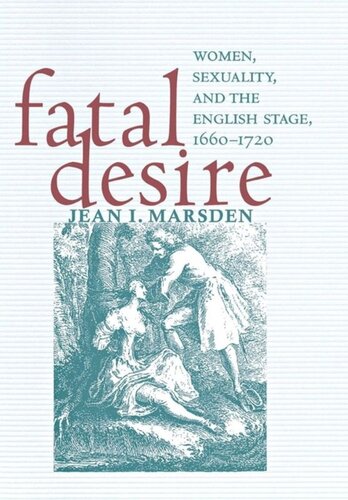

Most ebook files are in PDF format, so you can easily read them using various software such as Foxit Reader or directly on the Google Chrome browser.
Some ebook files are released by publishers in other formats such as .awz, .mobi, .epub, .fb2, etc. You may need to install specific software to read these formats on mobile/PC, such as Calibre.
Please read the tutorial at this link: https://ebookbell.com/faq
We offer FREE conversion to the popular formats you request; however, this may take some time. Therefore, right after payment, please email us, and we will try to provide the service as quickly as possible.
For some exceptional file formats or broken links (if any), please refrain from opening any disputes. Instead, email us first, and we will try to assist within a maximum of 6 hours.
EbookBell Team

4.0
86 reviewsInformed by film theory and a broad historical approach, Fatal Desire examines the theatrical representation of women in England, from the Restoration to the early eighteenth century—a period when for the first time female actors could perform in public. Jean I. Marsden maintains that the feminization of serious drama during this period is tied to the cultural function of theater. Women served as symbols of both domestic and imperial propriety, and so Marsden links the representation of women on the stage to the social context in which the plays appeared and to the moral and often political lessons they offered the audience. The witty heroines of comedies were usually absorbed into the social fabric by marrying similarly lighthearted gentlemen, but the heroines of tragedy suffered for their sins, real or perceived. That suffering served the dual purpose of titillating and educating the theater audience. Marsden discusses such plays as William Wycherley's Plain Dealer (1676), John Vanbrugh's Provoked Wife (1697), Thomas Otway's Orphan (1680), Thomas Southerne's Fatal Marriage (1694), and William Congreve's Mourning Bride (1697). The author also addresses tragedies written by three female playwrights, Mary Pix, Catharine Trotter, and Delarivier Manley, and sketches developments in tragedy during the period.